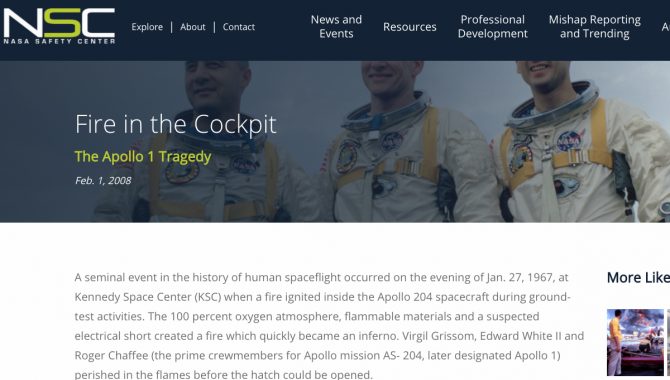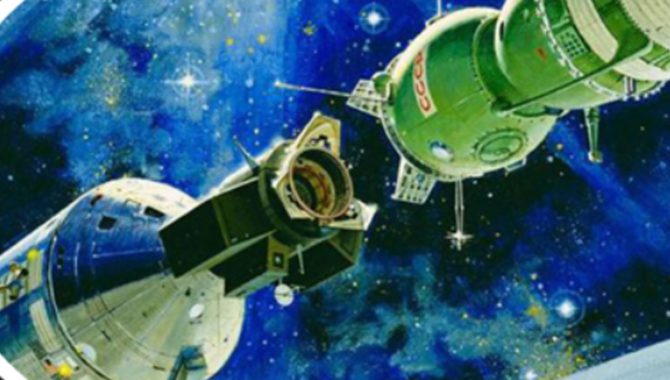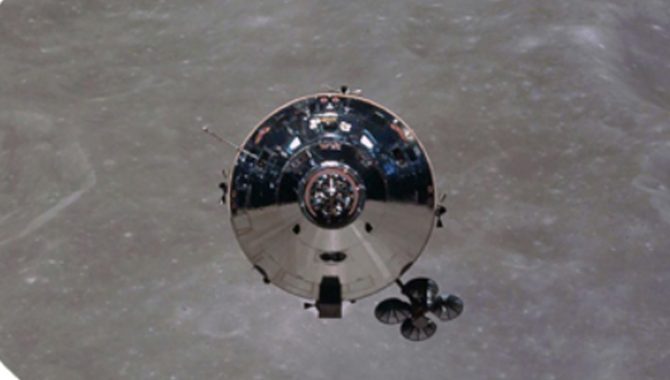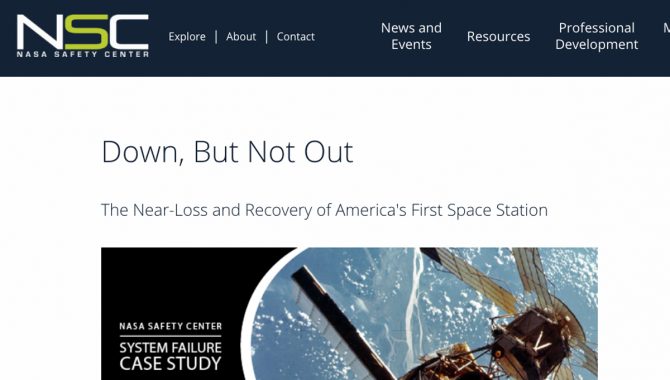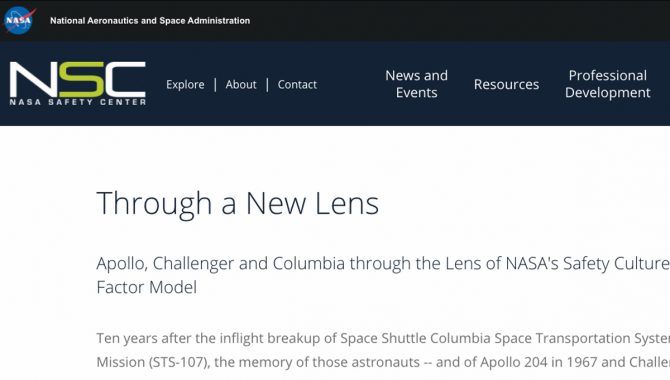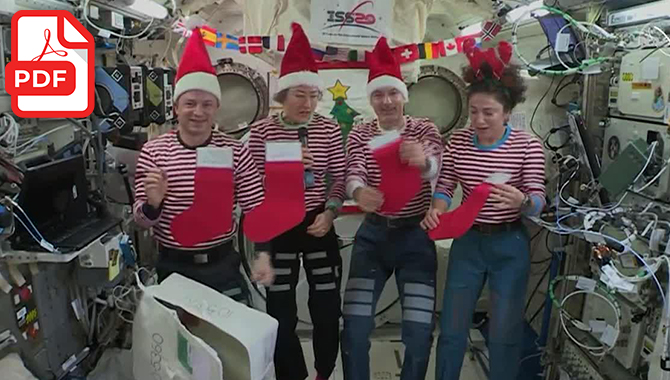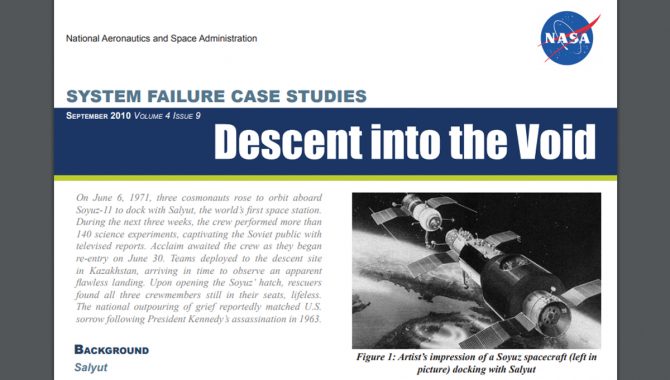
On June 6, 1971, three cosmonauts rose to orbit aboard Soyuz-11 to dock with Salyut, the world’s first space station. Acclaim awaited the crew as they began re-entry on June 30. Teams deployed to the descent site in Kazakhstan, arriving in time to observe an apparent flawless landing. Upon opening the Soyuz’ hatch, rescuers found all three crewmembers still in their seats, lifeless. The national outpouring of grief reportedly matched U.S. sorrow following President Kennedy’s assassination in 1963.






